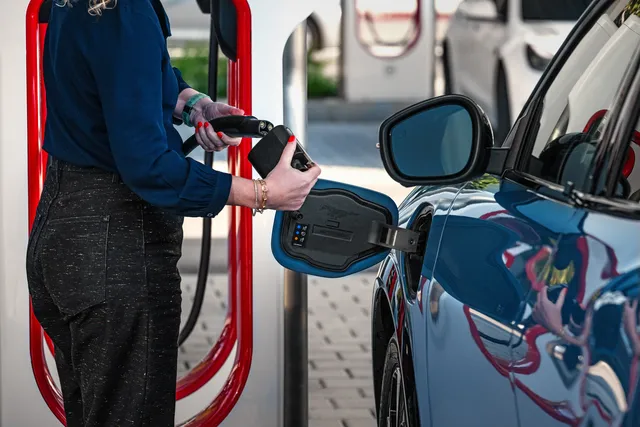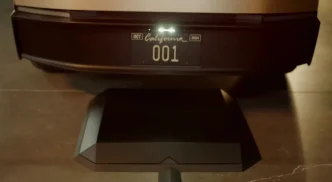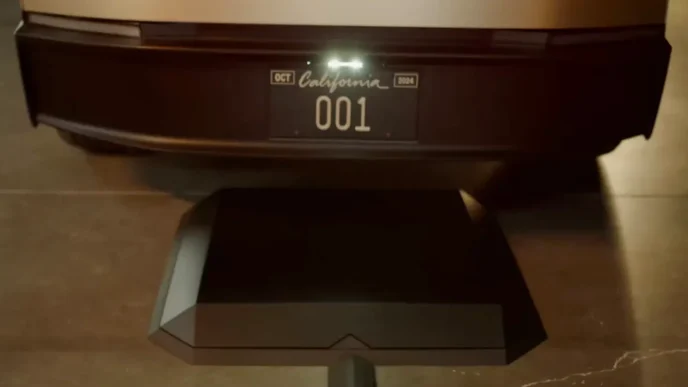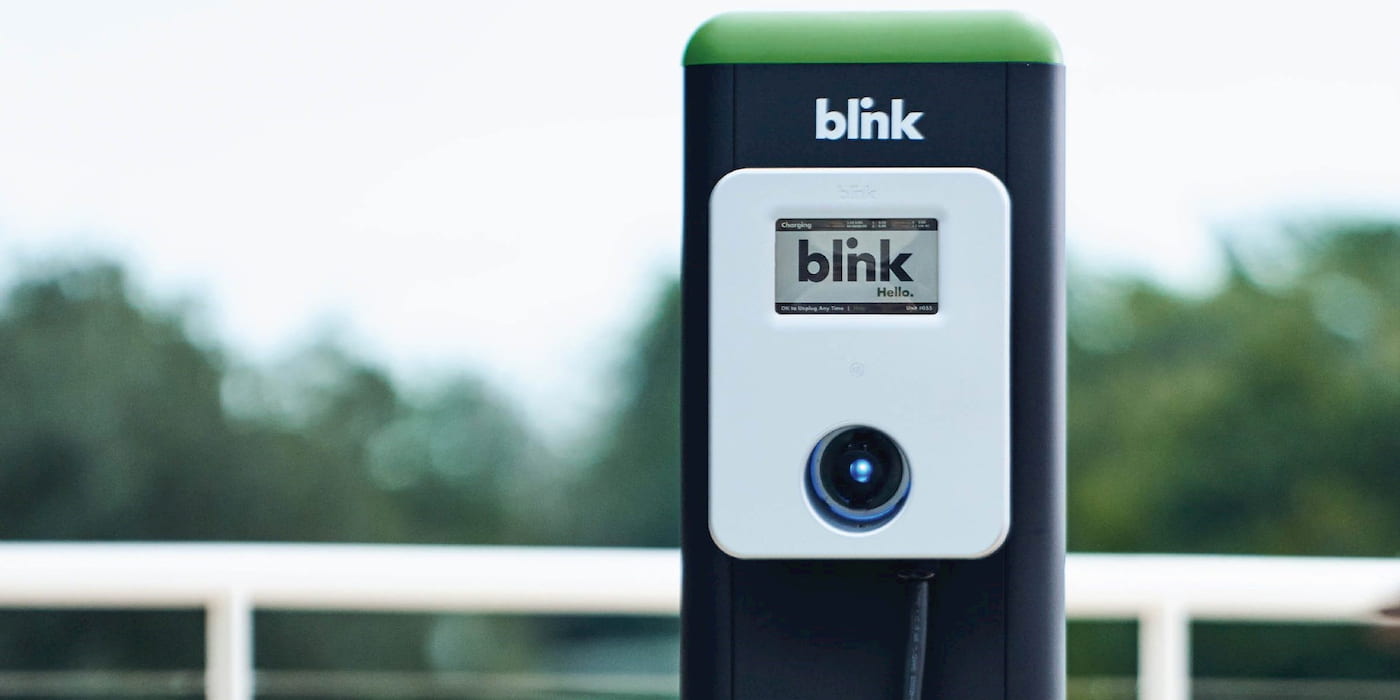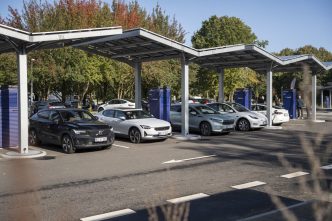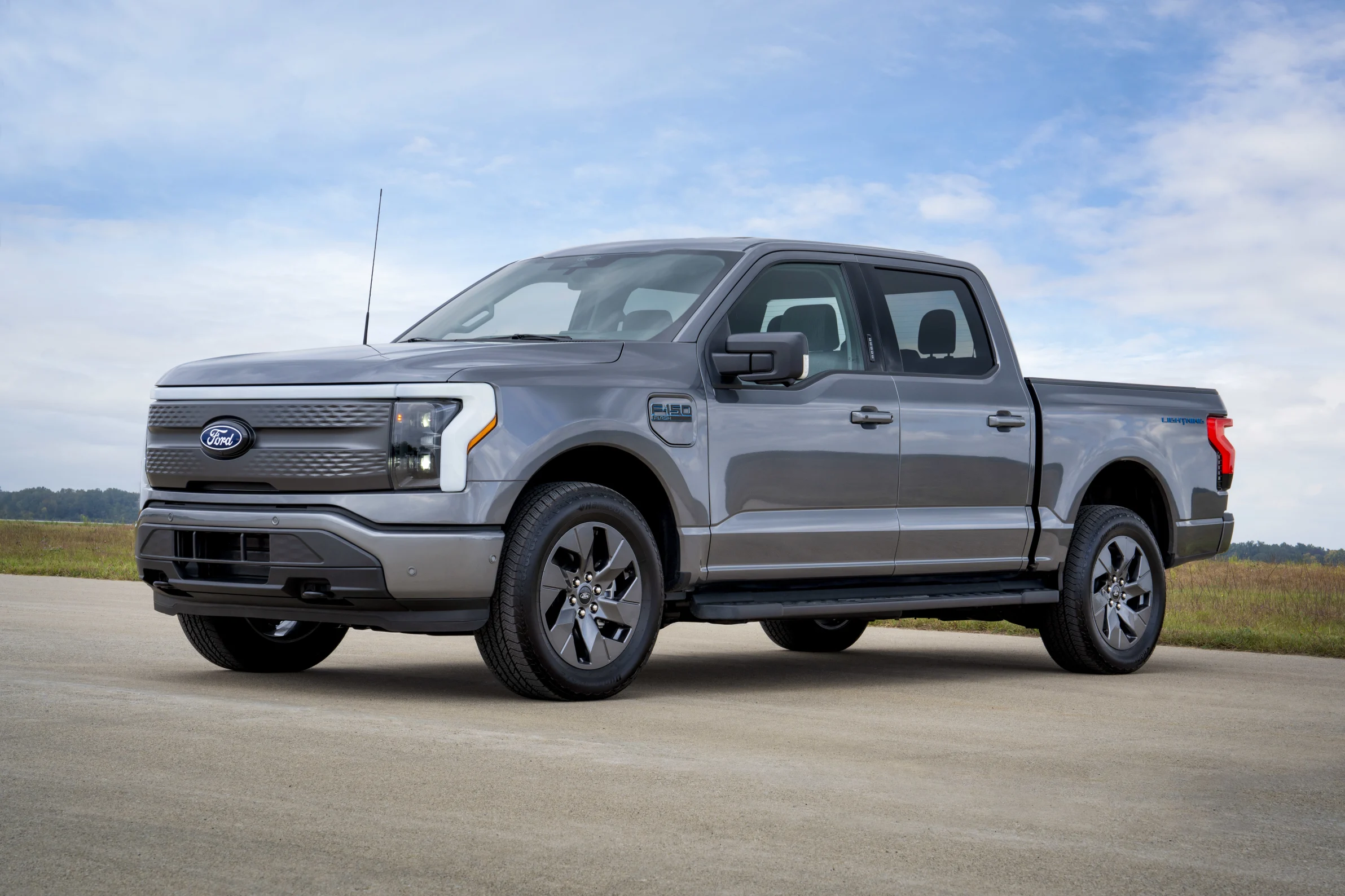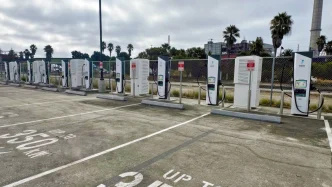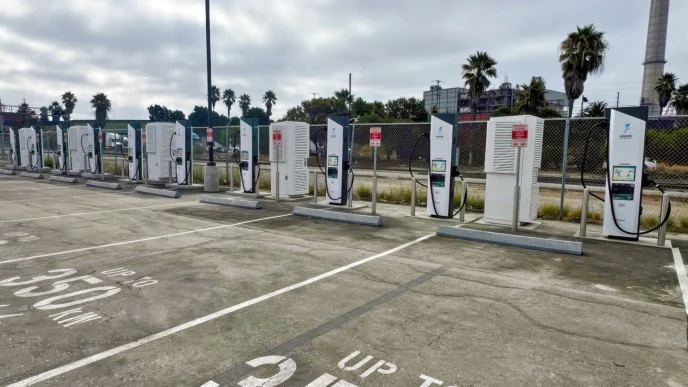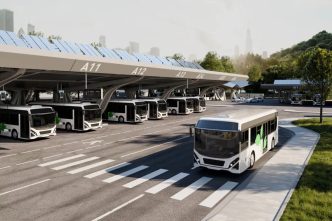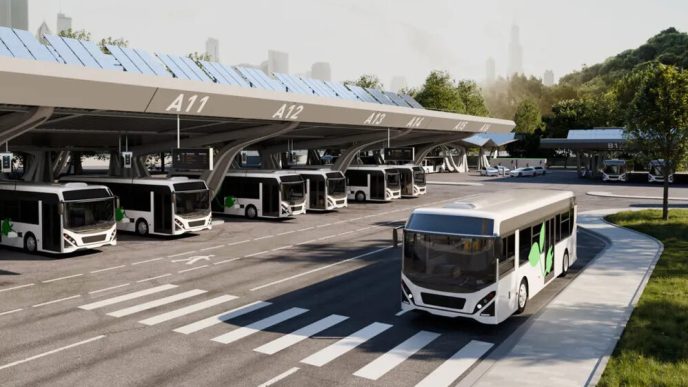Ford F-150 Lightning and Mustang Mach-E drivers may face a slight delay in accessing Tesla’s Supercharger network, as Ford is set to replace some of the NACS (North American Charging Standard) adapters previously issued to owners. Although several Ford EV owners had already received their adapters, the automaker has now notified many that the units are being recalled due to potential issues.
This development follows the announcement made by Ford CEO Jim Farley and Tesla’s Elon Musk last May, revealing a partnership that would give Ford EV drivers access to Tesla’s extensive Supercharger network. Ford was the first automaker to adopt the NACS connector, with other major manufacturers soon following suit. However, until Ford’s electric vehicles are equipped with a built-in NACS port, which is expected next year, the company began providing adapters to bridge the gap.
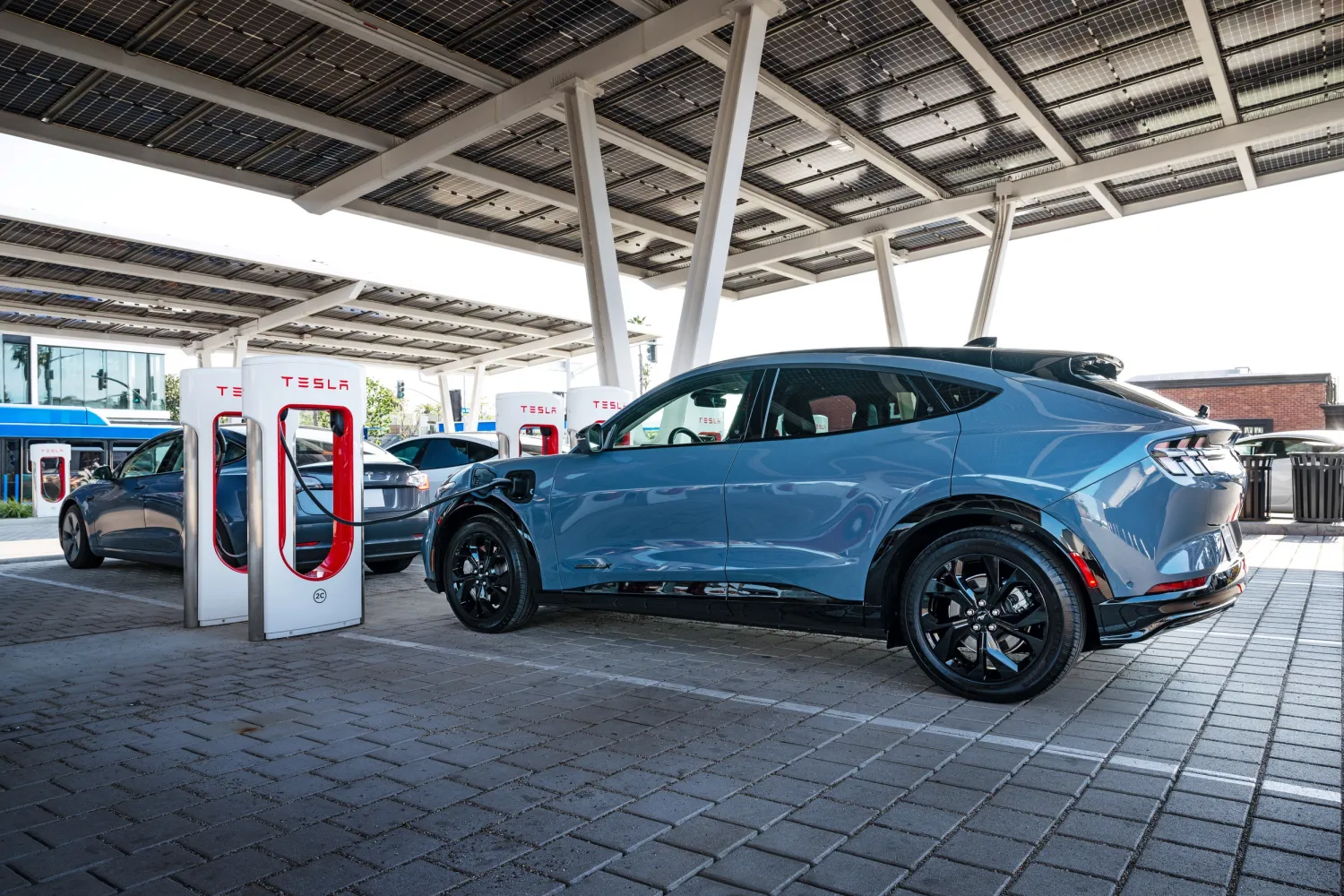
Initially, Ford allowed its customers to reserve the adapter starting in January, with an ordering window initially set to close on June 30, which was later extended to August 31. Now, some early recipients of the adapter have received emails advising them not to use the device. The email reportedly reads, “As part of ongoing testing, your adapter has been identified by Ford to have a potential issue that may result in reduced charging speeds over time, and in some cases, charge port damage.”
Ford also stated, “We will be sending you a replacement,” and cautioned against using the initially supplied adapters in the meantime. Affected drivers are being advised to rely on alternative charging solutions, such as those available through the FordPass app or other public charging networks.
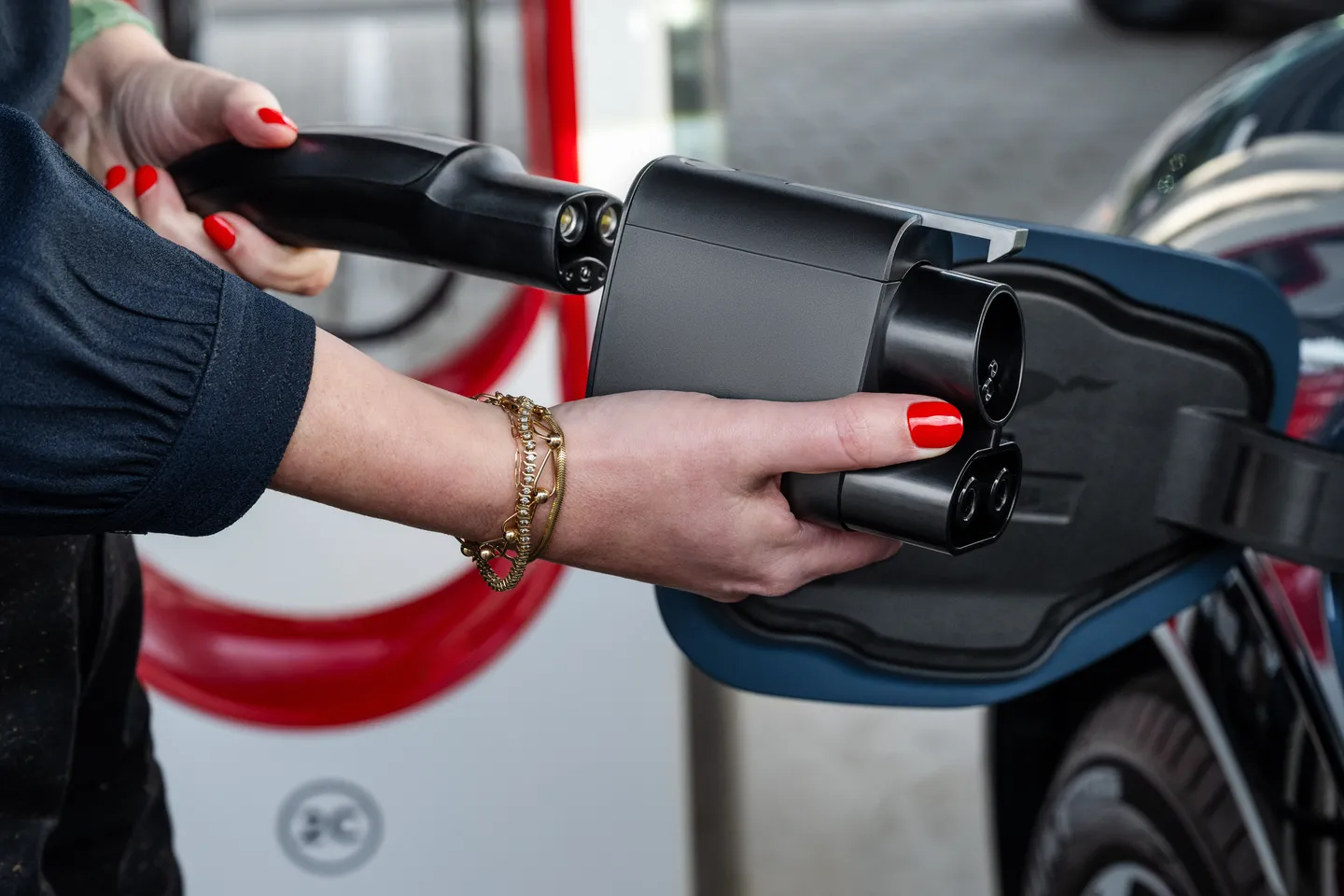
To further support its EV customers, Ford has introduced its new “Ford Power Promise” initiative, offering new electric vehicle buyers a free Level 2 home charger, including the cost of standard installation. The program aims to ease the transition to electric vehicles by emphasizing the daily convenience of waking up to a fully charged battery, helping to bridge the gap between consumer perceptions and the realities of driving an EV.

